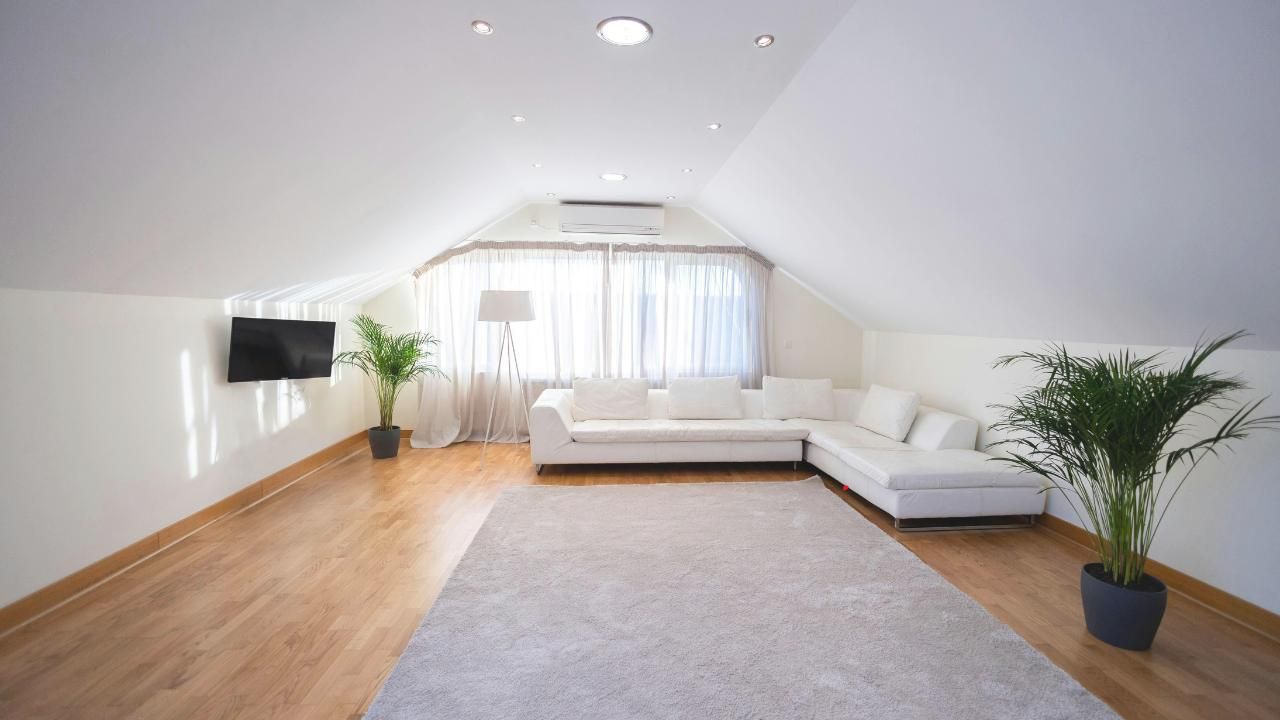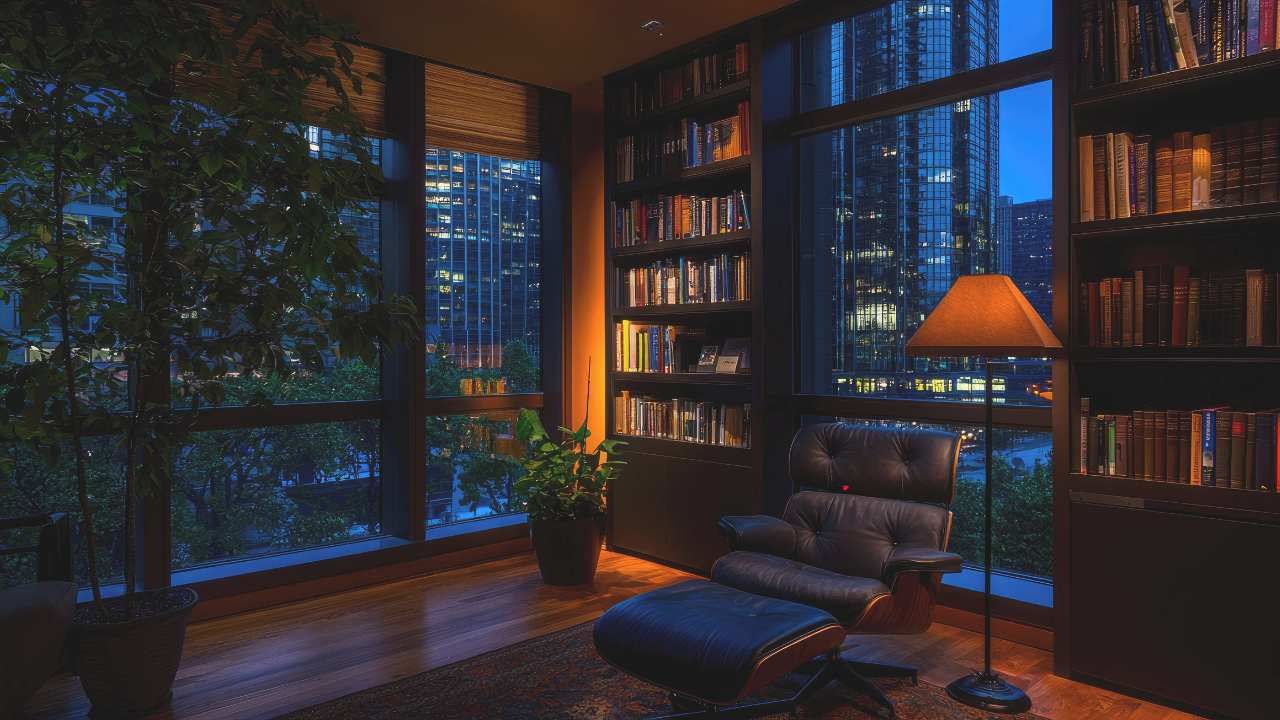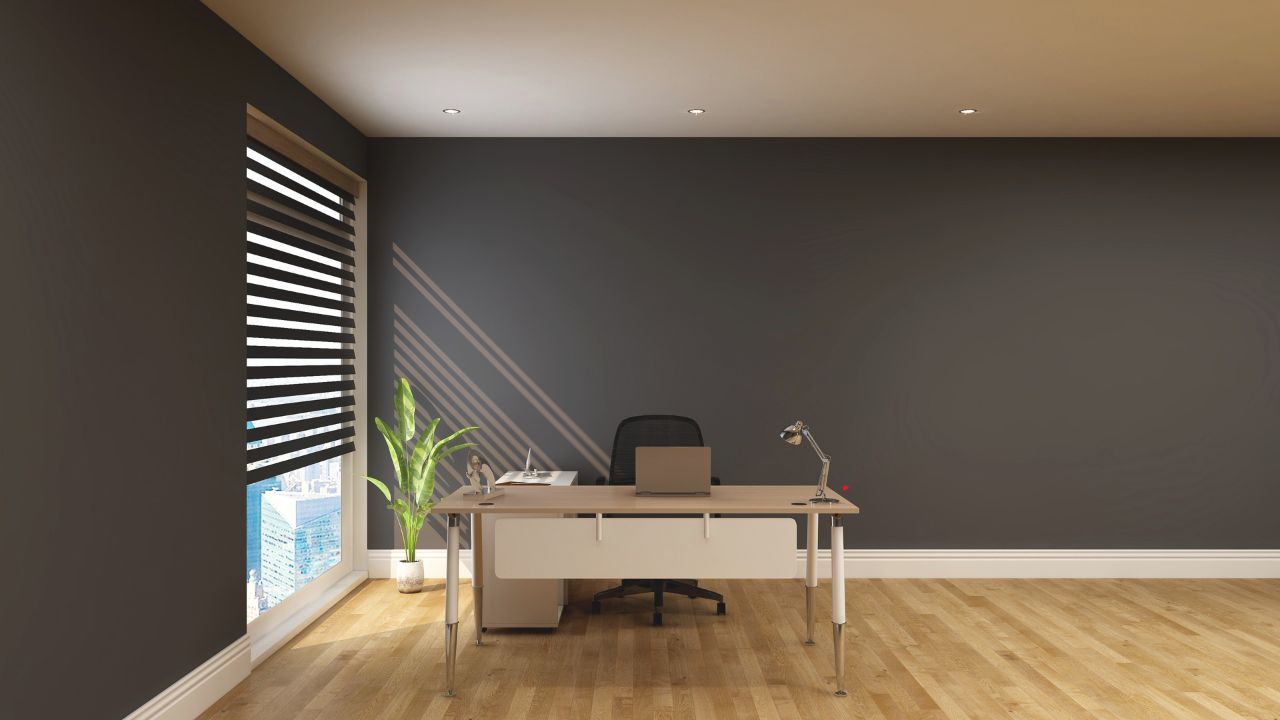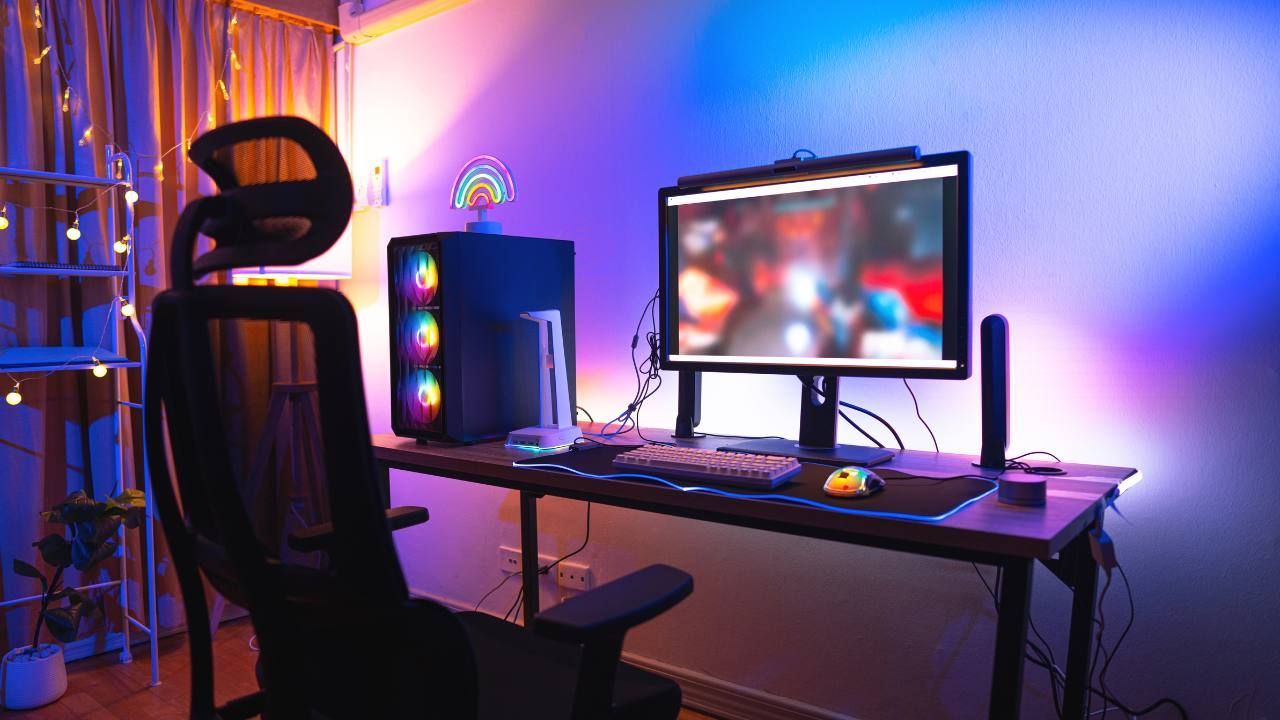Pairing Paint Colors with Your Living Room Furniture
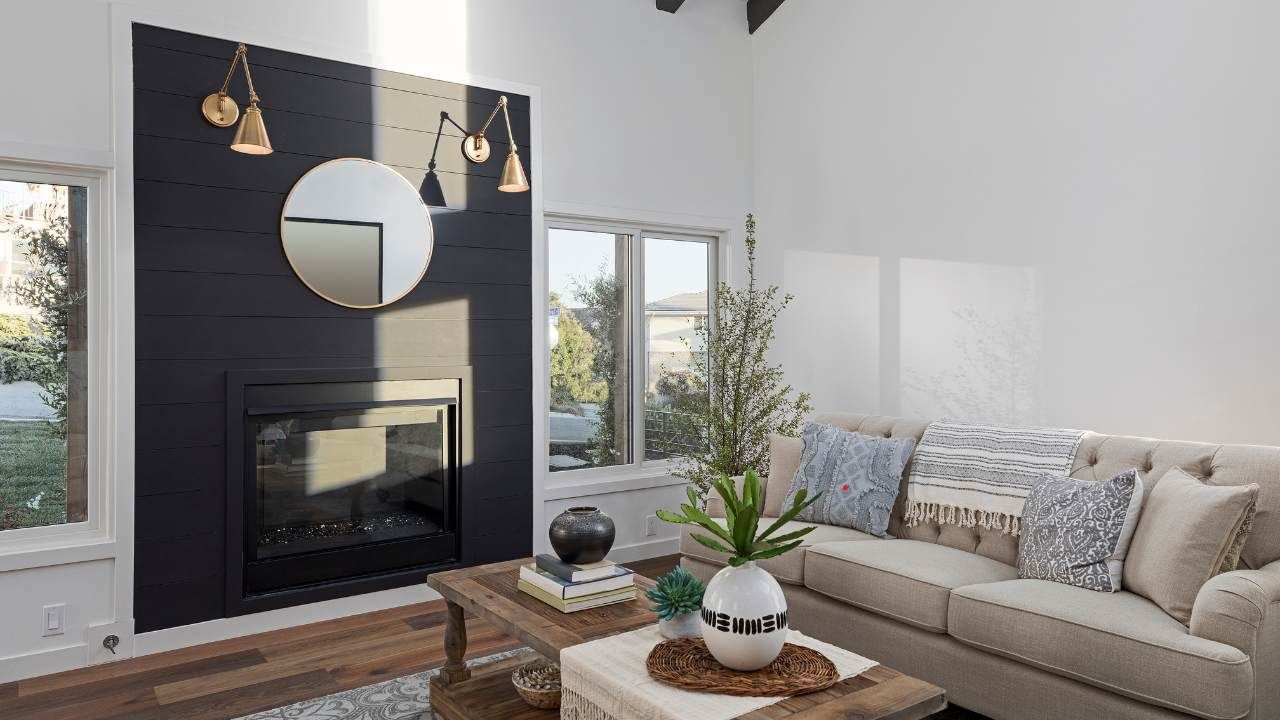
A fresh coat of paint can transform your living room, but choosing the right color to complement your furniture? That’s where it gets tricky. Pick the wrong tone, and your favorite couch could look drab or out of place. Pick the right one, and suddenly the whole space feels intentional, balanced, and inviting.
In this post, we’ll walk through how to pair paint colors with your existing furniture, so your living room feels cohesive and full of personality.
1. Start with Your Furniture as the Anchor
Your furniture is the biggest visual element in the room, so it makes sense to use it as your guide. Whether you have a deep navy sectional, a warm leather sofa, or a light, airy linen loveseat, your paint color should either complement or contrast in a way that feels deliberate.
Quick tip:
- Dark furniture pairs beautifully with light, soft wall colors.
- Light furniture works well with richer, deeper tones.
- Natural materials like wood or wicker can handle a wide range of colors, depending on the undertones.
2. Work with Undertones, Not Just Colors
Colors like gray, beige, white, and cream can have different undertones—some lean blue, others green, and some even purple. If your furniture has cool undertones, stick with cool wall colors. Warm undertones? Lean into warm shades.
For example:
- A charcoal sofa with blue undertones pairs well with cool whites, icy grays, or soft blues.
- A camel leather couch looks amazing against warm creams, terracotta, or muted olive.
This subtle alignment keeps your space from feeling “off” without you knowing exactly why.
3. Use Contrast for Visual Interest
Matching everything too closely can leave the room looking flat. That’s where contrast comes in. If your furniture is dark, consider lighter walls to make it pop—and vice versa. You can also create contrast with accent walls or trim colors.
Try this: If your sofa is forest green, pair it with a warm white wall but paint the trim in a deep charcoal for depth.
4. Don’t Forget Lighting Changes Everything
Natural light changes throughout the day, which means your wall color will too. A shade that looks warm in the morning might feel cooler at night under artificial light. Always test paint swatches on multiple walls before committing.
Place swatches near your furniture to see how the colors interact in different lighting conditions. This simple step can save you from costly do-overs.
Case Study: A Bellingham Living Room Makeover
One homeowner in Bellingham had a large, espresso-colored sectional and light oak flooring. The space felt heavy, especially in the winter months. After consulting a house painter Bellingham residents recommended, they chose a warm, creamy beige for the walls with crisp white trim. The transformation was instant—the room felt brighter, the furniture more grounded, and the overall atmosphere much more inviting.
The work was completed by Next Step Painting LLC, a local expert in home painting, and the results spoke for themselves: a cohesive, modern living space without replacing a single piece of furniture.
5. Add the Finishing Touches
Paint and furniture form the foundation, but accessories seal the deal. Once your walls are done, tie the look together with rugs, throw pillows, and art that pick up both your wall color and furniture tones. This creates a layered, curated feel that looks intentional and lived-in.
Final Takeaway
Pairing paint colors with your living room furniture isn’t about following strict rules—it’s about creating harmony. Let your furniture guide your choices, pay attention to undertones, and embrace contrast to keep the room dynamic.
If you’re ready to refresh your living room with the perfect color match, start by testing a few swatches—get in touch with an interior painting pro to make sure the final finish is flawless.




